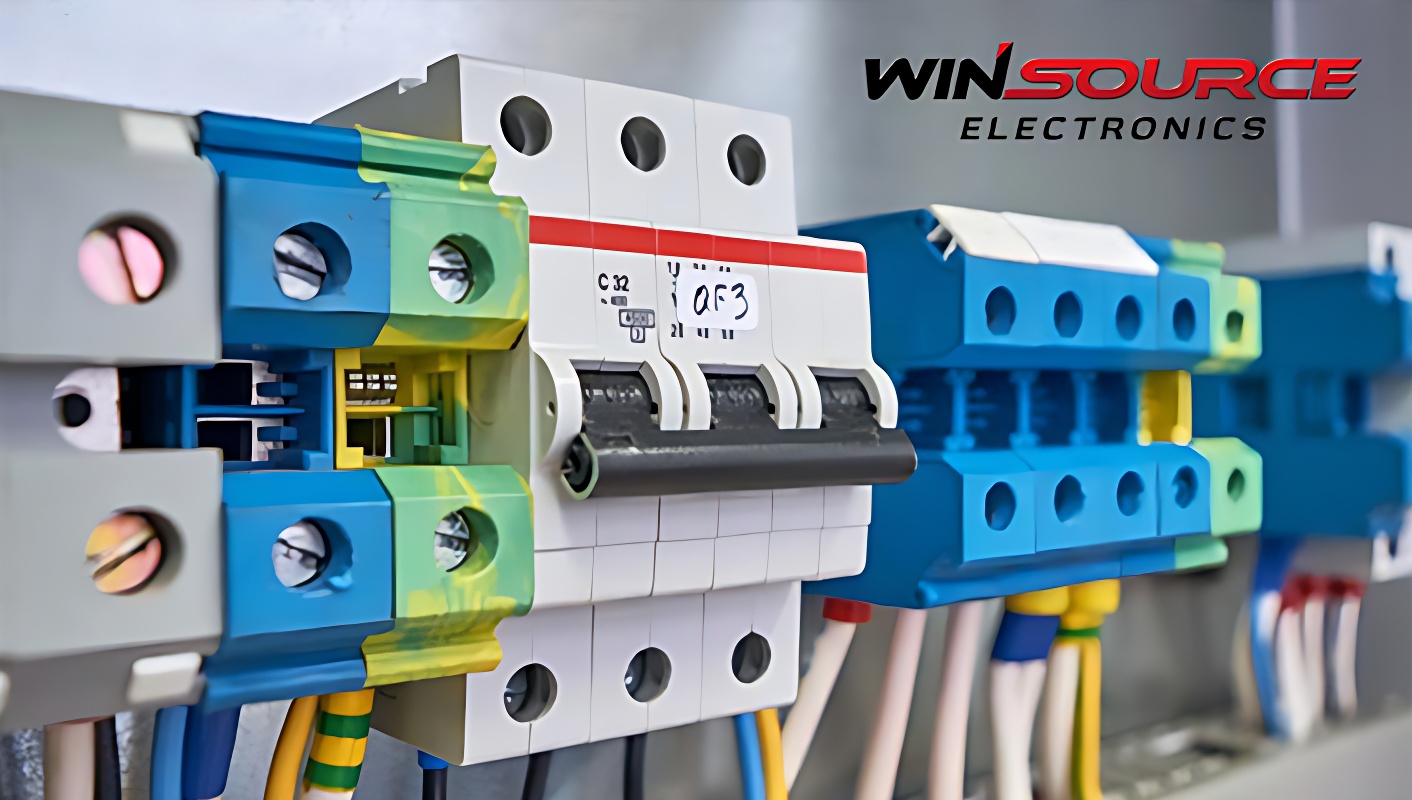
Table of Contents
ToggleIntroduction
Electricity is the lifeblood of the modern world, powering homes, industries and businesses. When distributing electricity, two main systems are generally used: single-phase and three-phase power systems. Each has its unique properties and applications. In this article, we explore the differences between these systems and delve into their respective characteristics.
Single phase power system
Voltage waveform: A single-phase power system has a sinusoidal voltage waveform with alternating positive and negative phases. This AC voltage is usually represented on a graph as a single sine wave.
Number of conductors: A single-phase electrical system consists of two conductors: a live wire and a neutral wire. The voltage difference between these two wires creates an electric potential.
Common Household Use: Single-phase power is most commonly used in residential environments. Suitable for lighting, small appliances and general household electronics. The standard voltage for most single phase systems is 120/240 volts in North America and 230 volts in Europe and other parts of the world.
Features
- Simplicity: Single-phase systems are relatively simple and cost-effective to install and maintain, making them ideal for residential applications.
- Limited power capacity: Due to their inherent limitations, single-phase systems are less suitable for powering heavy machinery or large industrial operations.
Three-phase power system
Voltage Waveform: A three-phase power system has a more complex voltage waveform consisting of three sine waves that are 120 degrees out of phase with each other. This makes the power supply smoother and more continuous.
Number of Conductors: A three-phase electrical system consists of three conductors (live) and an optional neutral. These stages are labeled A, B and C.
Industrial and Commercial Use: Three-phase power supplies are mainly used in industrial and commercial applications. It is ideal for powering heavy machinery, electric motors and large jobs.
Features
- Greater power capacity: Three-phase power systems can provide more power than single-phase systems. They provide a new level of efficiency and stability for industrial equipment.
- Balanced load: In a three-phase system, the load is evenly distributed on each phase, reducing the risk of voltage imbalance.
- Motor Efficiency: Three-phase motors are more efficient and generate less heat than single-phase motors, which makes them vital for industrial processes.
Difference Between Single Phase System and Three Phase System
Power Capacity: One of the most notable differences is power capacity. Three-phase systems can provide higher power levels, making them suitable for industrial applications, while single-phase systems are limited in this regard.
Voltage Waveform: Single-phase systems have a single sinusoidal waveform, while three-phase systems have three waveforms spaced evenly, providing a more stable and consistent power supply.
Number of conductors: Single-phase systems require two conductors (live and neutral), while three-phase systems use three conductors and a neutral (if required).
Applications: While single-phase power is commonly found in residential environments and small businesses, three-phase power is critical for heavy industrial machinery, factories and commercial operations.
Efficiency: Three-phase motors are more efficient and require less maintenance than single-phase motors, which is critical for industrial operations.
In conclusion
Understanding the differences and characteristics of single-phase and three-phase power systems is critical to designing electrical systems to meet specific needs. Whether lighting a home or powering a large manufacturing plant, the choice between these two systems depends on the power capacity required and the intended application. Both systems have their advantages and limitations that make them indispensable for a variety of electrical and industrial applications in the modern world.

COMMENTS